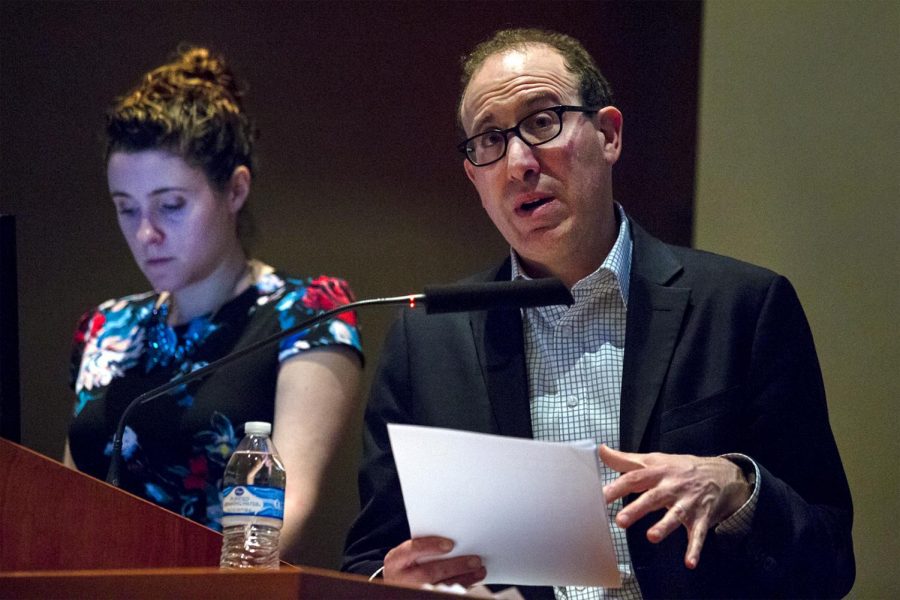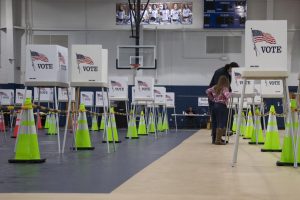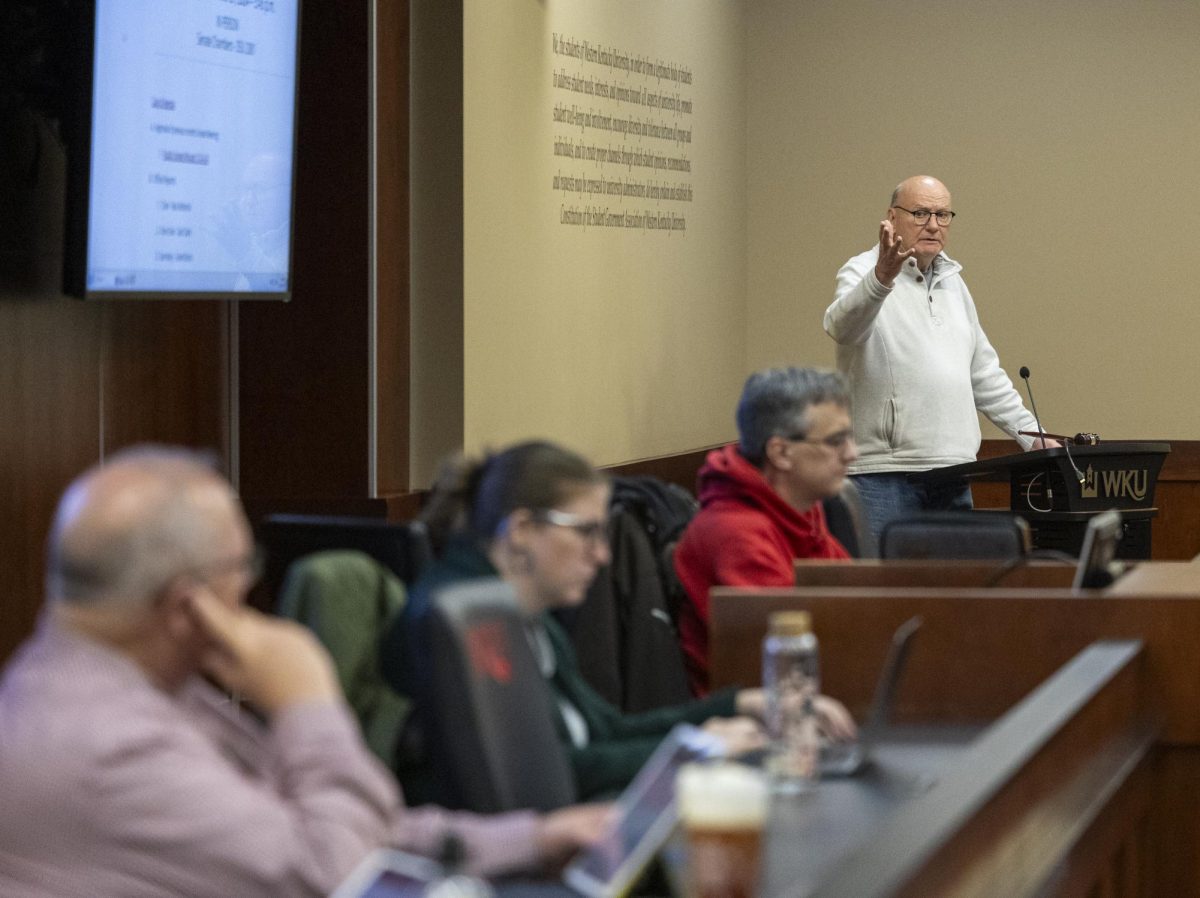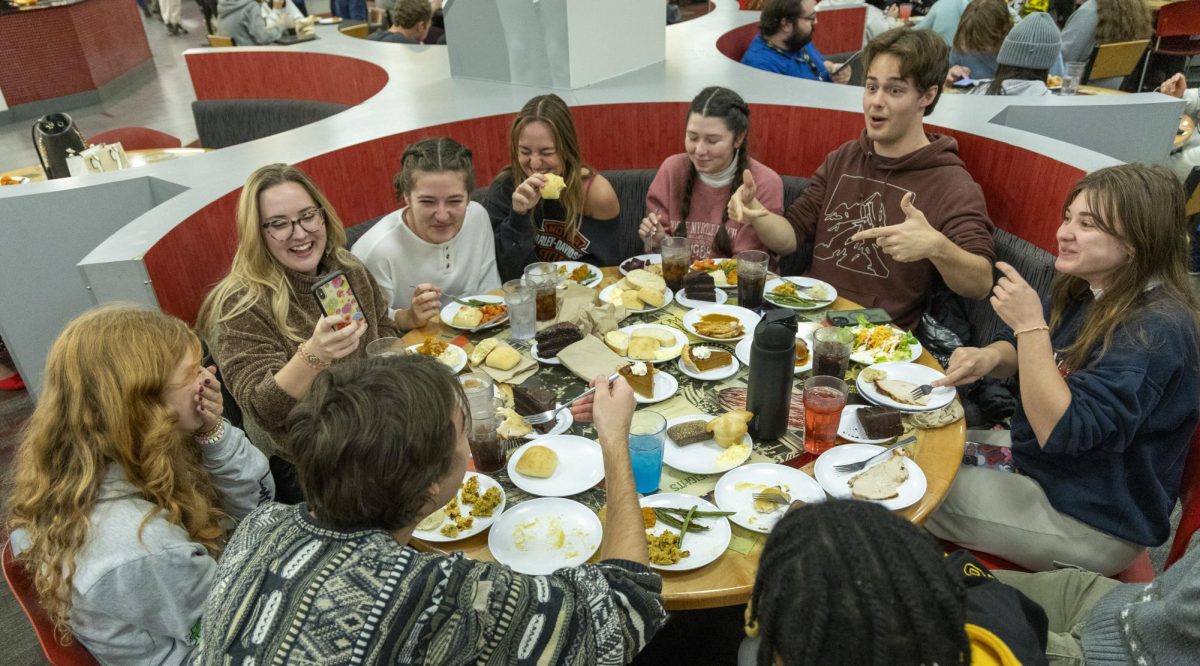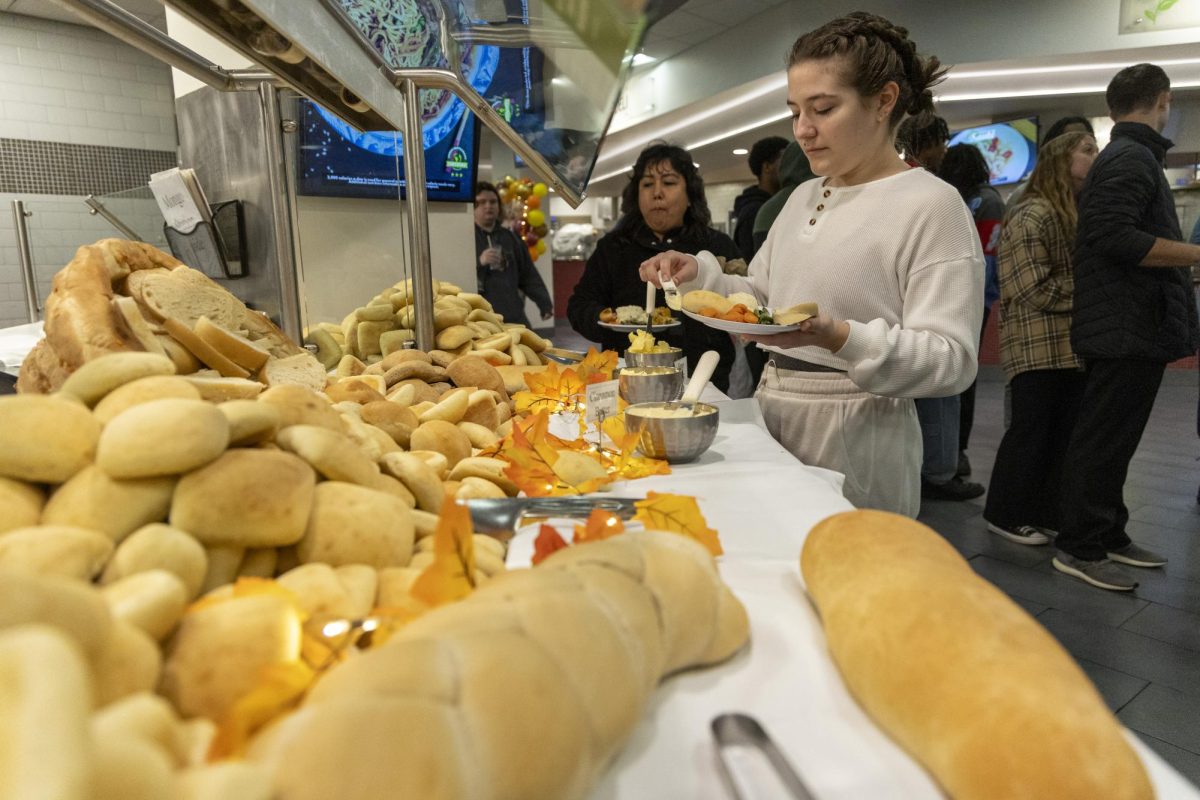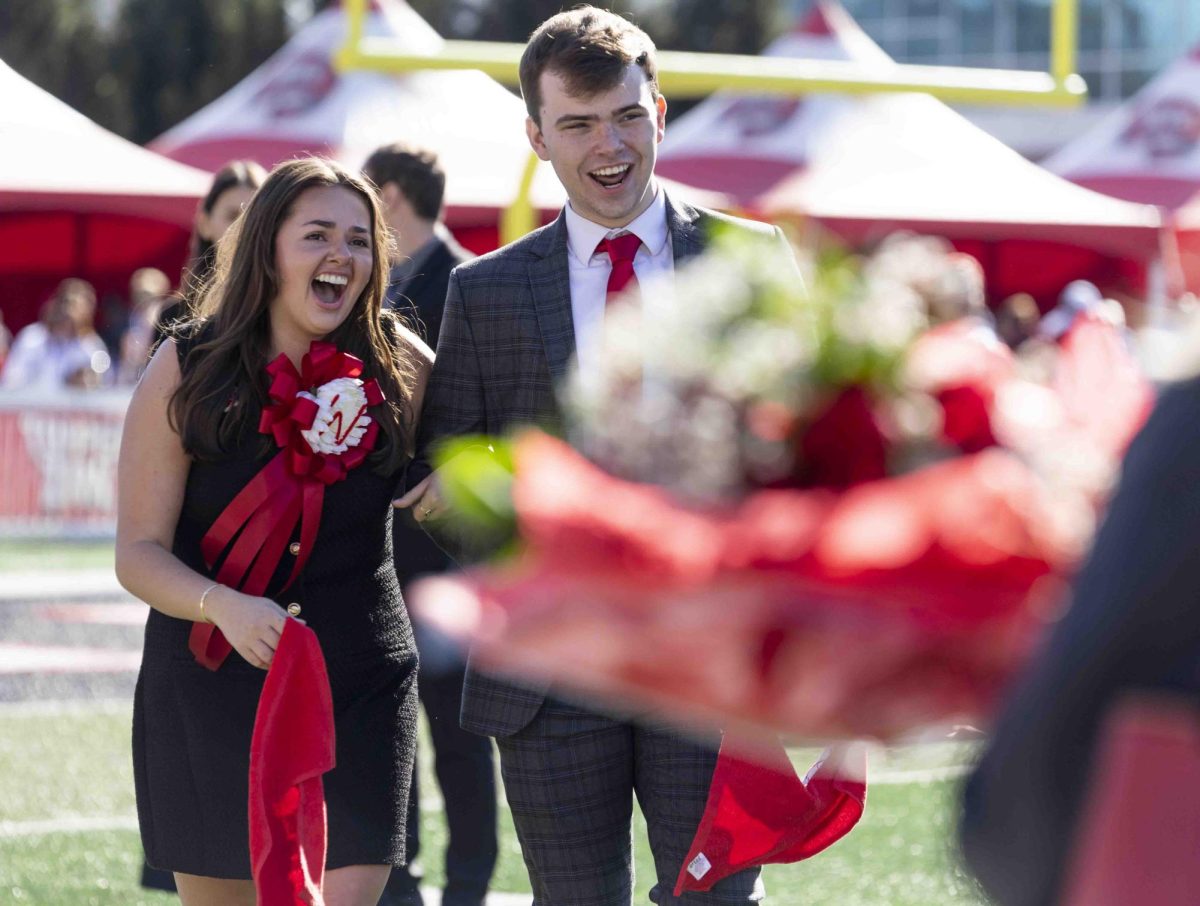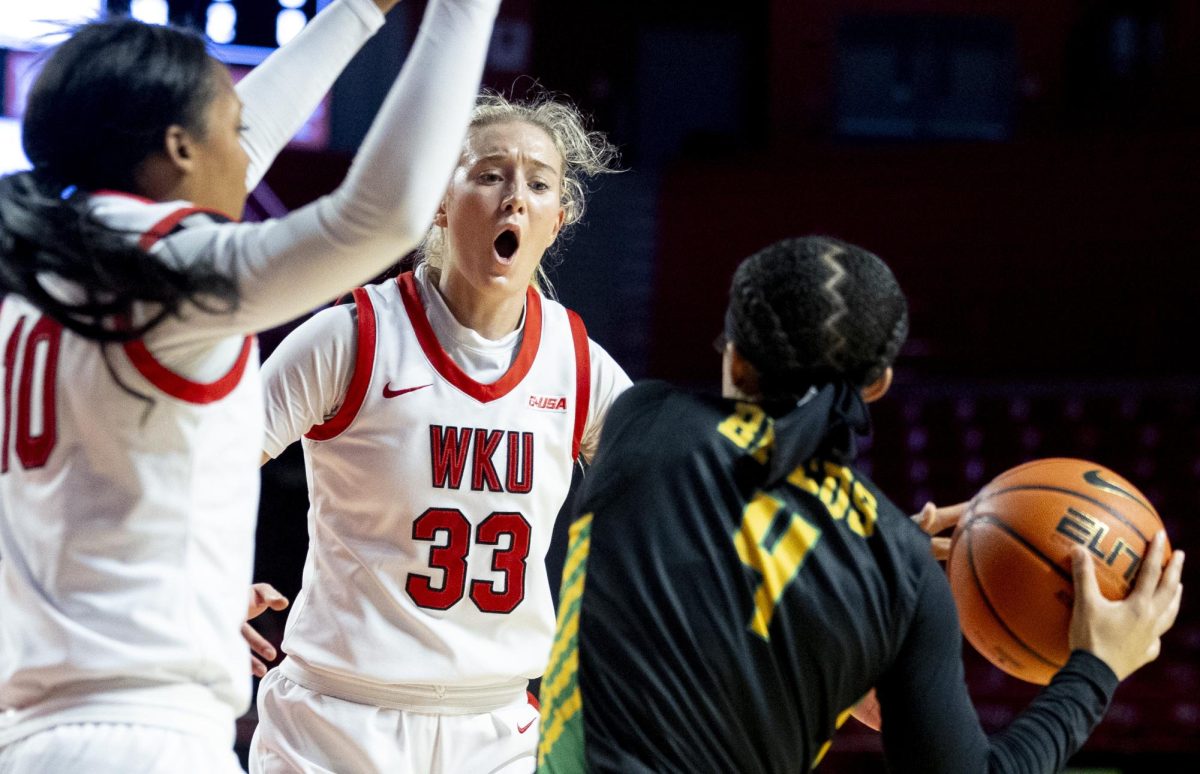CPJ discusses press freedom domestically, abroad
April 5, 2017
Journalists are currently in the most deadly and dangerous period, statistically, in modern history.
Joel Simon, executive director of the Committee to Protect Journalists, spoke to students and community members on Monday night about the current danger surrounding journalists. Eighty-six percent of journalists murdered are carried out with full impunity, meaning no one is held responsible, according to statistics he provided in the presentation. Over 40 percent of these killings are a result of jihadi militants, and the vast majority of journalists murdered are local journalists.
In his presentation,“Trump & The Truth: Defending Press Freedom at Home & Abroad,” Simon spoke about the current media environment in the U.S. under President Trump and the impact his treatment of the media has on protecting press freedom around the world.
“In a single stroke, he has greatly reduced the moral leverage the U.S. has exercised in defense of press freedom around the world,” Simon said.
Simon said when the president undermines the media, it not only undermines it domestically but increases the difficulty for journalists working in dangerous and oppressive environments and organizations, such as CPJ, to do their job protecting press freedoms.
Simon said the threat to journalists in the U.S. is not one of life and death. Systematic efforts to alienate media access and stamp out leaks began under former President Obama, and have only accelerated under President Trump, he said.
“Donald Trump ran a campaign that sought to marginalize and, at times, delegitimize the role of the press,” said Simon. “He called reporters dishonest. . . he mocked a disabled reporter. . . he excluded critical reporters from his events. He threatened to make it easier to sue the media.”
Simon said while Trump is not the first candidate to run a campaign against the press, what is more troubling is that his behavior is unchanged since entering the White House.
“President Trump has continued to lash out at the media at every turn, declaring them, twice, the enemy of the people,” he said.
Christa Moore, sociology professor, explained why she felt the talk was important and led to her wanting to attend after seeing a flier.
“Truth in journalism is exceptionally important, especially in this political environment,” Moore said.
Simon also explained how the developing technology and shifting media environment has played a factor in increases in violence and imprisonment of journalists around the world. Journalists, in the past, held a power and usefulness to those in power, in that we were the only means of communicating with a large audience, Simon said. With the explosion of the internet and social media, that power has diminished, making journalists more vulnerable.
“Quite simply, these [militant] groups no longer need journalists to get their message out,” Simon said. “And having lost their utility, journalists have become dispensable, sources of ransom payments and props in terrorizing videos.”
Simon explained that throughout history, the control of information has been the focal point of every totalitarian movement. With changing technologies and information channels, information is much harder to control now, and oppressive governments have taken note, implementing more sophisticated strategies to ensure information control.
“Technology has transformed the way that we communicate and share news, but until journalists are free to do their work without violence and censorship and incrimination, the true potential of the information revolution will never be realized,” Simon said.
While the U.S. by no means has a perfect record, he said, journalists here have an obligation to protect more vulnerable journalists around the world and cannot allow themselves to be labeled the enemy.
“We need to be able to push back against any effort that undermines the role of the media in this country, while also ensuring the U.S. maintains its influence around the world, when it comes to press freedom. . .,” Simon said.
Kerry Paterson, senior advocacy officer at CPJ, said she was encouraged by the concerns about security voiced by students and community members during the question and answer portion of the speech.
“I think it’s telling that the first two or three questions were all about security, and digital security in particular,” said Paterson. “And I think we’ve reached the point where we’re really trying to encourage journalists to think about the cautions they can take and how to carry out their work safely.”
Amanda J. Crawford, a journalism professor who helps coordinate the John B. Gaines Family Lecture series at WKU, said she was pleased with how the lecture went.
“We had a really good turnout, some really good questions, and a lot of people here from the community, which is always a goal with these lectures,” Crawford said. “To not only bring in students and our faculty, but also members of the community.”
Crawford said she first reached out to CPJ to speak at the lecture the day the White House press secretary barred legitimate news organizations from a briefing because they had been running stories critical of President Trump and his administration.
“CPJ’s phones were ringing off the hook,” Crawford said. “I wasn’t the only one calling to see if the organization I mostly thought of in the context of international journalism was alarmed by what was happening on the home front.”
“If you aren’t familiar with CPJ’s work, you should be, more than ever,” Crawford said.
Reporter Casey McCarthy can be reached at (270) 745-0655 and [email protected].

